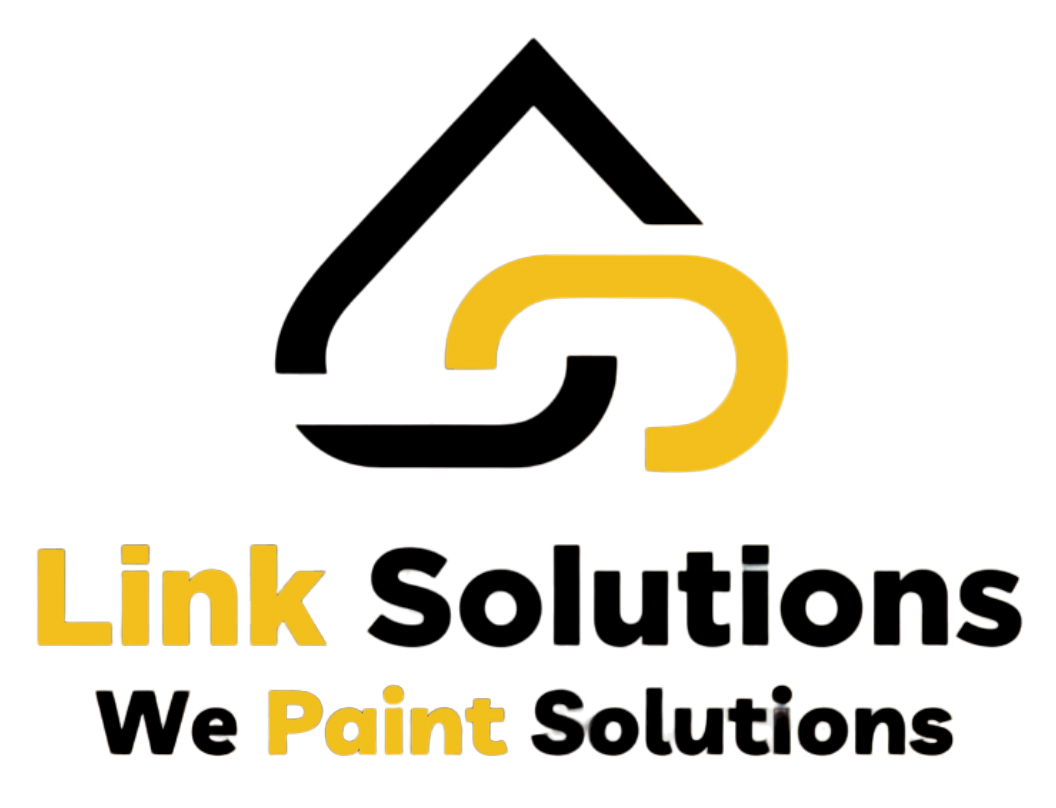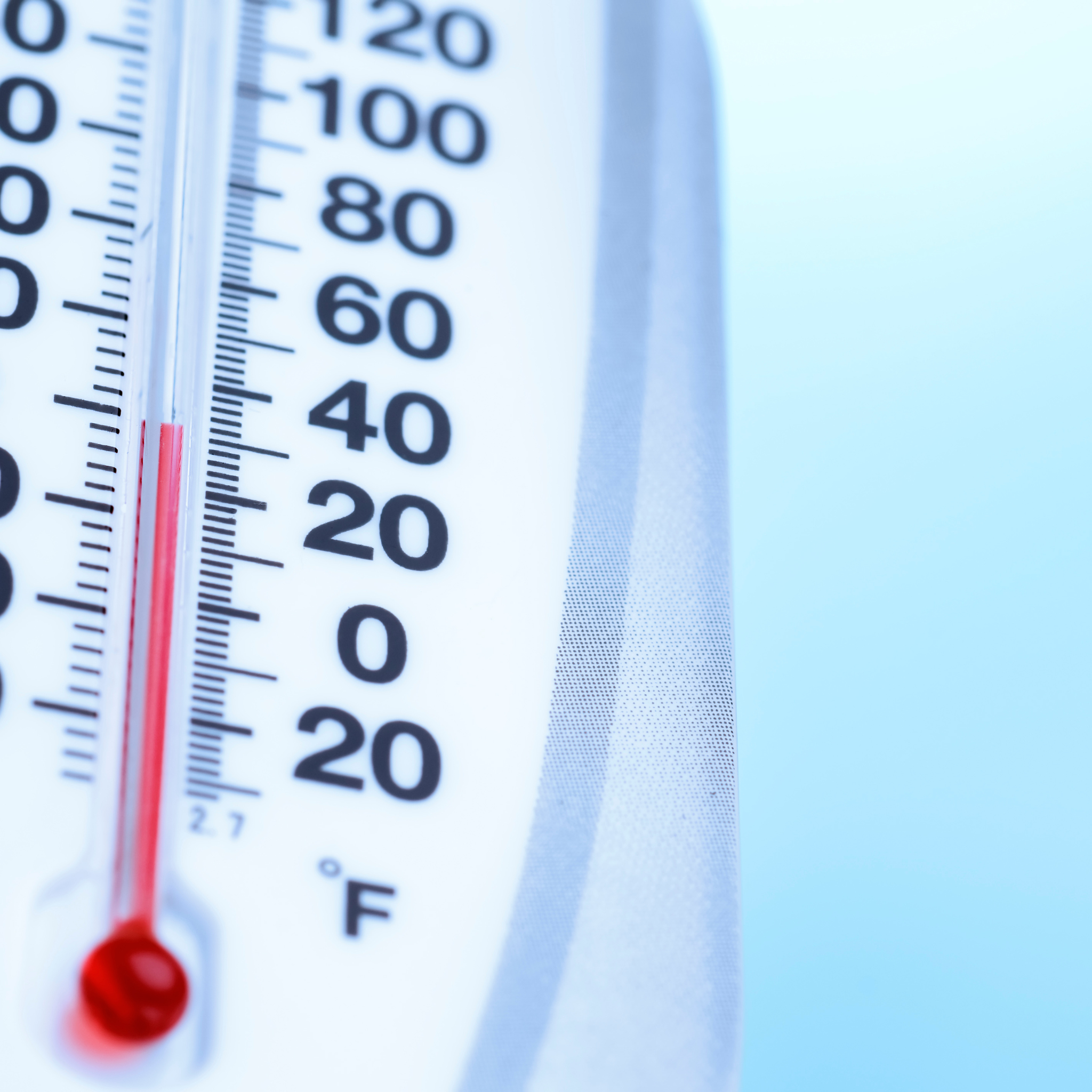Cons of Painting in the Cold: Have you ever felt frustrated when you carefully painted a wall or door only to see the fresh paint bubble up, crack, or peel off in no time? Nothing is more annoying than putting in all that effort to have it look awful again in a few weeks. Many do-it-yourselfers have experienced messing up paint jobs because of unknown factors. It turns out that painting when the temperature is too hot, cold, or humid causes many issues. The weather can significantly impact the quality and longevity of any paint job.
This article will discuss the main painting problems in non-ideal temperatures. Learning the hard way after too many visible brush strokes, cracks, and paint chips is no fun. Let’s avoid those mistakes to get a smooth, durable paint job.
What Happens to Painting when Temperature Isn’t Optimal?

Cons of Painting in the Cold: Poor Adhesion
Poor adhesion is one of the most significant issues with painting in non-ideal temperatures. The paint won’t correctly bind to the surface. As a result, it is more likely to chip, peel, crack, or rub off.
There are a few reasons temperature impacts adhesion:
Cons of Painting in the Cold: Hot Surfaces
When exterior surfaces get extremely hot in direct sunlight, the paint dries too quickly. This means it doesn’t have time to properly adhere before curing. The result is a paint job that easily chips and peels.
Cold Surfaces
Frigid temperatures have the opposite effect. The paint dries far too slowly on cold surfaces. This results in poor bonding and adhesion issues down the road.
Moisture and Condensation
Painting when excess moisture is in the air or surface also hinders adhesion. The moisture gets trapped between the paint layers, preventing proper bonding.
Cons of Painting in the Cold: Visible Brush Strokes
Another downside to painting when it is too cold or hot is visible brush strokes. This happens because the paint dries at an abnormal rate.
Each brush stroke is distinct and clear when the paint dries too quickly. The finished look is bumpy and uneven. Painting when it’s too cold has the same effect. The paint stays wet for too long, so the strokes don’t blend properly.
Cons of Painting in the Cold: Bubbling and Cracking
Fluctuating temperatures can also cause bubbling and cracking of the paint. This occurs when the surface temperature changes drastically while the paint is drying.
For example, if you paint on a hot day and temperatures drop overnight, the top layers of paint shrink faster than the bottom layers. This results in cracking and bubbling. The paint job will look warped and damaged.
Reduced Coverage
Trying to paint when it’s too cold outside or the surface temperature is low reduces paint coverage. The paint becomes thick and goopy. It will take more coats to achieve an even, opaque finish.
Shortened Pot Life
Painting in overly hot conditions shortens the pot life of the paint. This is the period between mixing the paint and when it becomes unusable. If temperatures are too high, the pot life decreases significantly.
You’ll waste a lot of paint since it dries out too quickly. Short pot life also makes it challenging to achieve a uniform finish. The paint dries at different rates, creating blotchiness.
Cons of Painting in the Cold: Hazards to Health
Finally, painting in non-ideal temperatures can be hazardous to your health.
When painting in direct sunlight or hot conditions, you risk heat exhaustion, burns, and skin damage from UV rays. Frigid temperatures can cause hypothermia and frostbite.
The fumes from oil-based paints and paint thinners are also more hazardous when painting in enclosed spaces on hot days. Proper ventilation is critical.
What are the Ideal Temperatures for Painting?
After reading about the potential problems, you may wonder what the ideal temperatures are for painting.
For exterior paint jobs, the surface, air, and paint temperature should all be between 50-90°F. Avoid painting in direct sunlight or on hot days. The surface should be shaded.
For interior painting, the indoor air and room temperature should be between 60-80°F. Make sure there is proper air circulation.
The temperature of the paint itself also matters. The paint application works best when the paint is between 70-90°F. Colder paint will dry too slowly, while hot paint dries rapidly before adhering.
How to Paint in Cooler Weather
If you need to paint when temperatures are on the cooler side, there are a few tips to get the best results:
- Paint during the warmest part of the day when surfaces are most heated by the sun.
- Use latex paint, which adheres better than oil-based paint in lower temps.
- Bring paint cans indoors to warm before using.
- Use an outdoor portable heater to warm surfaces before painting.
- Apply thinner coats and allow extra drying time between coats.
- Use an additive to improve flow and drying time.
Don’t Wait, Work With a Professional Painter
While working around less-than-ideal painting conditions is possible, your best bet is to hire a professional painter like Link Solutions Painting Company. We understand all the nuances of exterior and interior painting. Our professional painters have the skills to prepare surfaces for painting properly in any weather. And they know how to tweak application methods when temperatures aren’t perfect.
Contact Link Solutions Painting Company if you’re looking for a professional company in New England. With decades of experience, they are a top choice for commercial painting expertise. Link Solutions is relied upon by Boston MetroWest businesses for flawless finishes under any conditions.
Call 339-230-7993 or contact us to request a free estimate. Our team of elite painters will help you achieve remarkable results, rain or shine!


